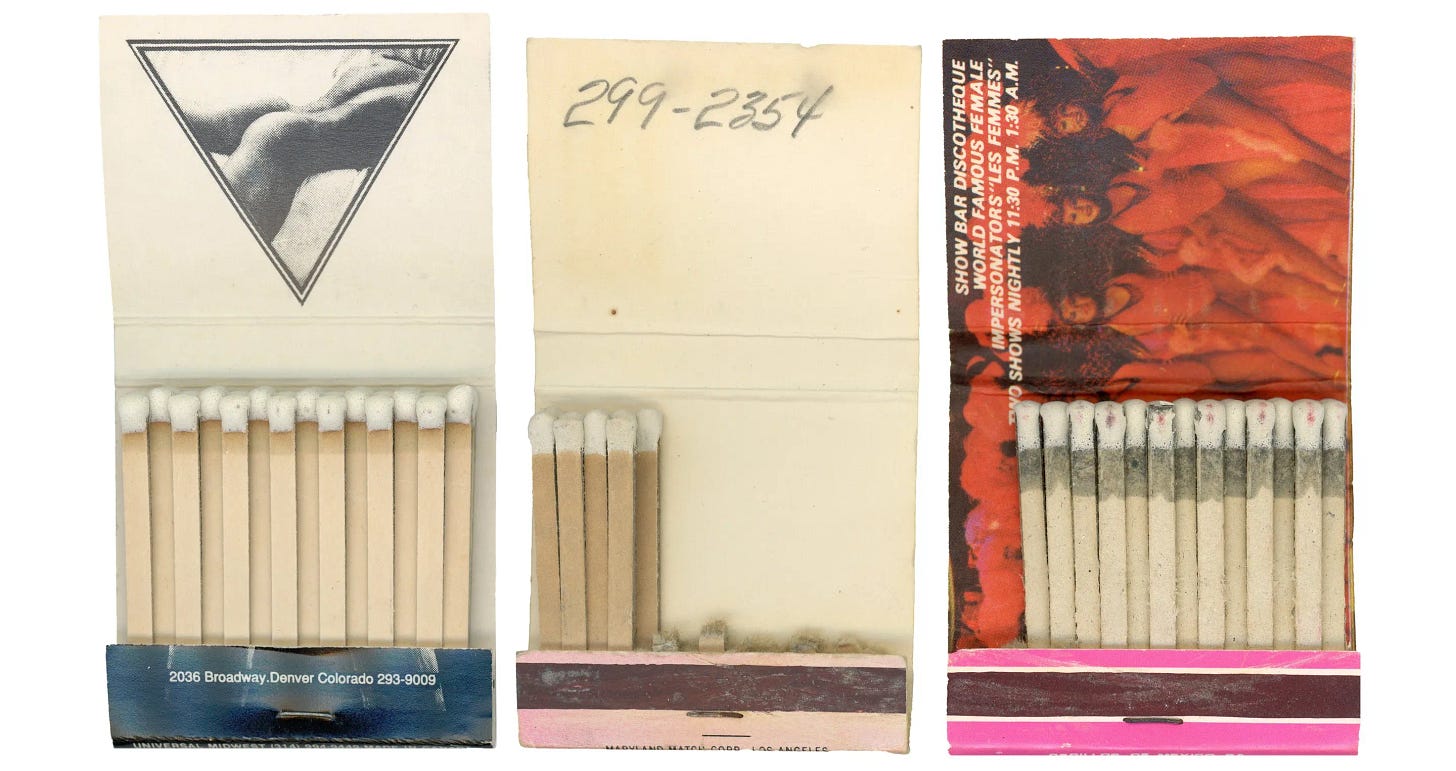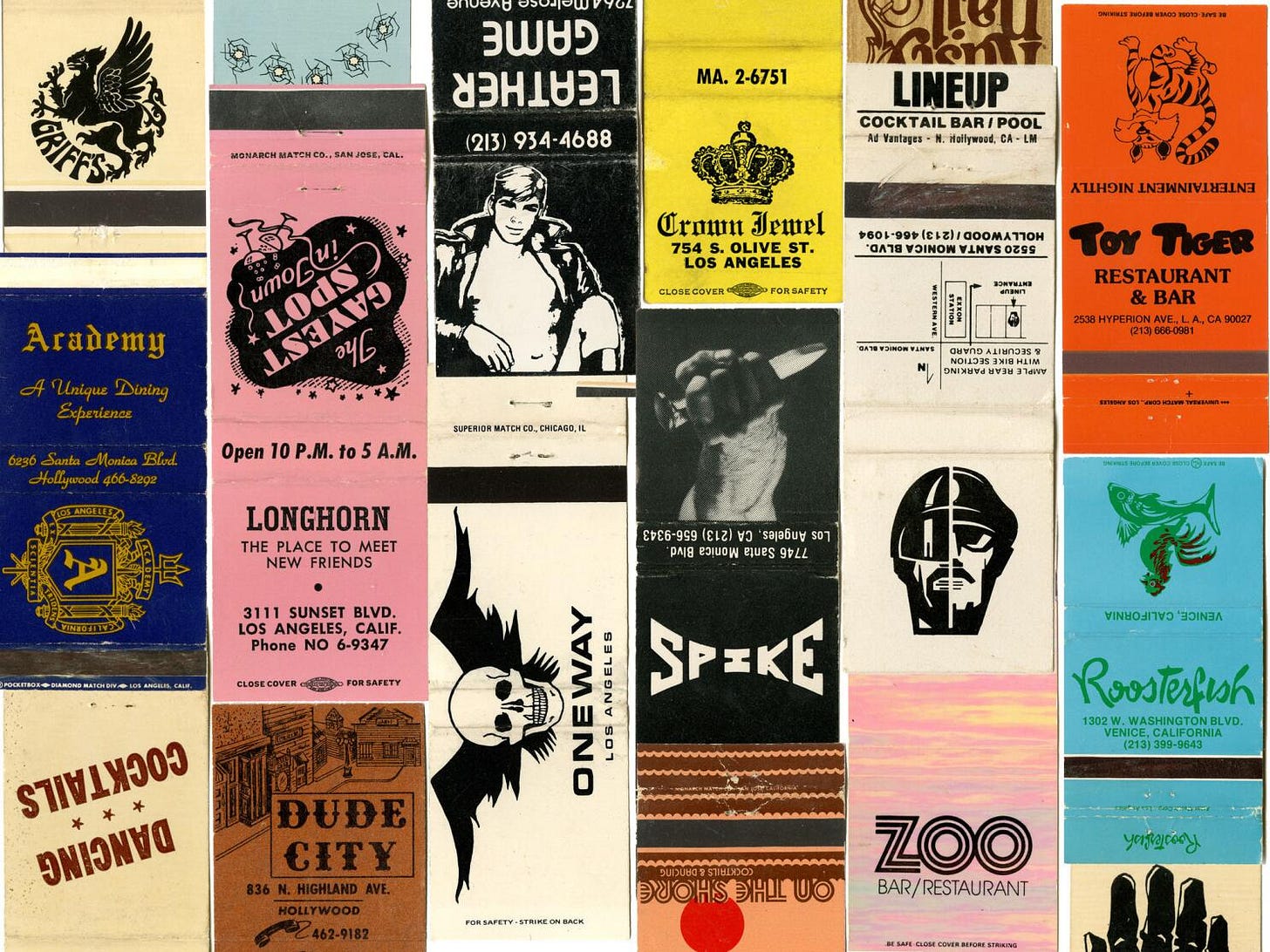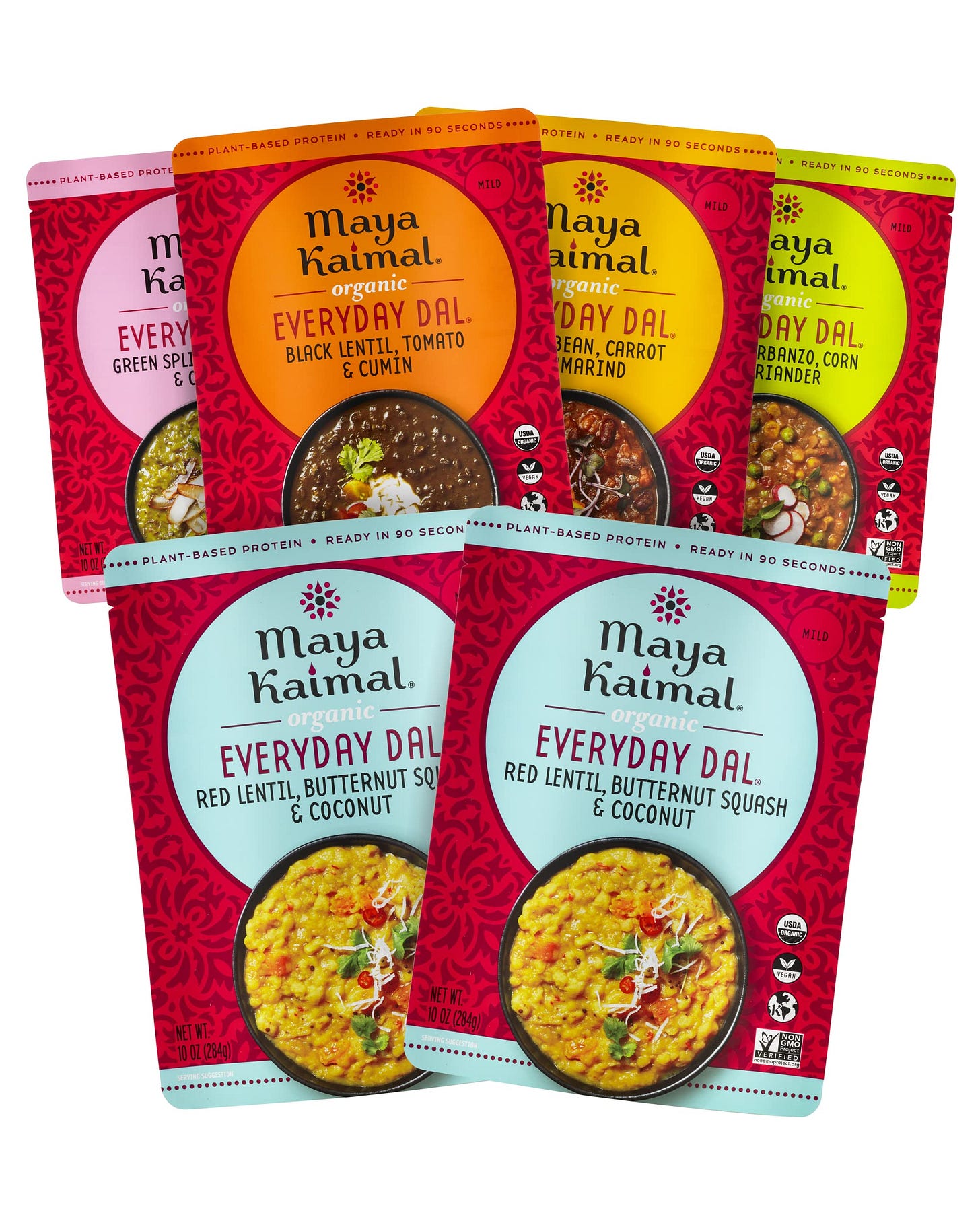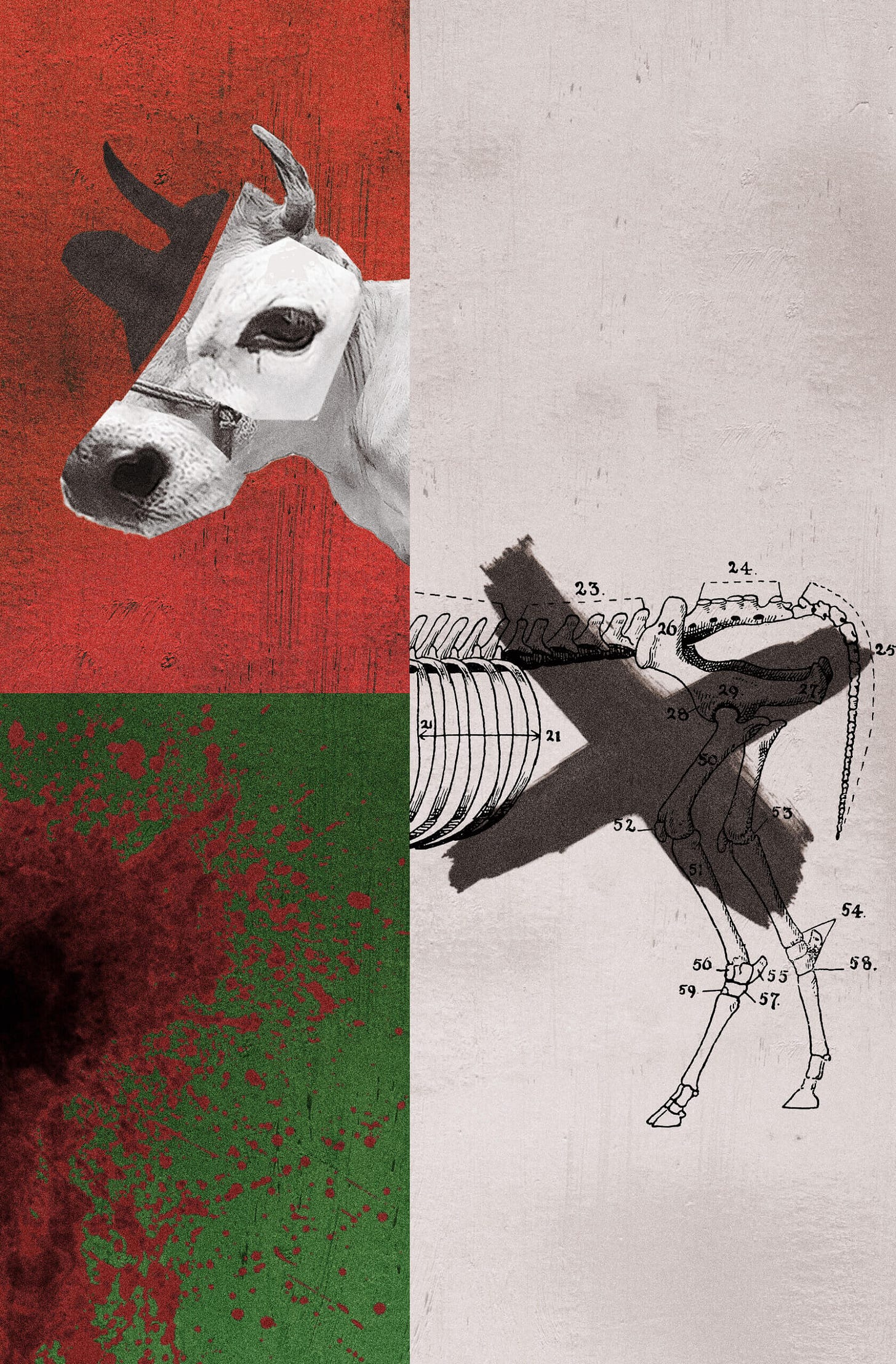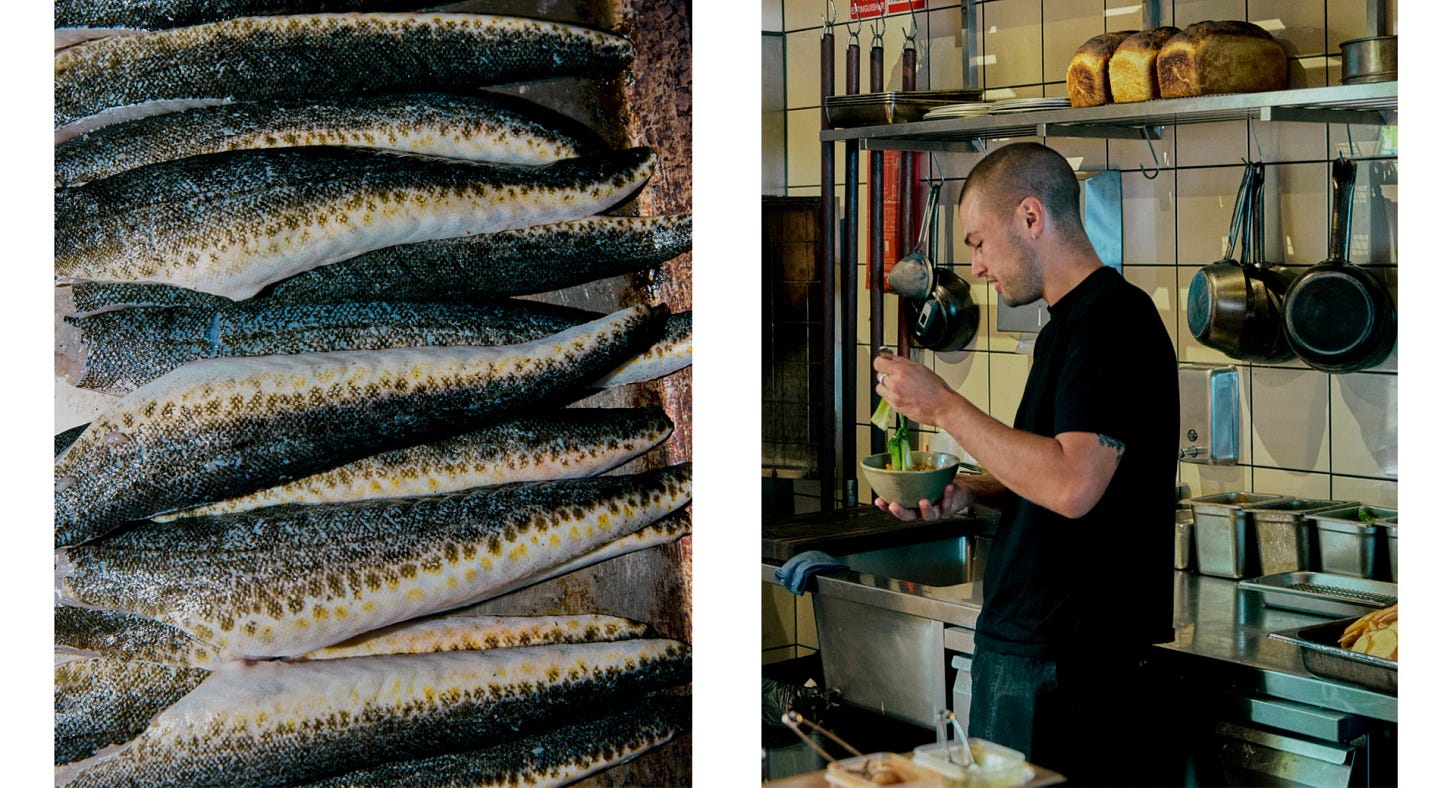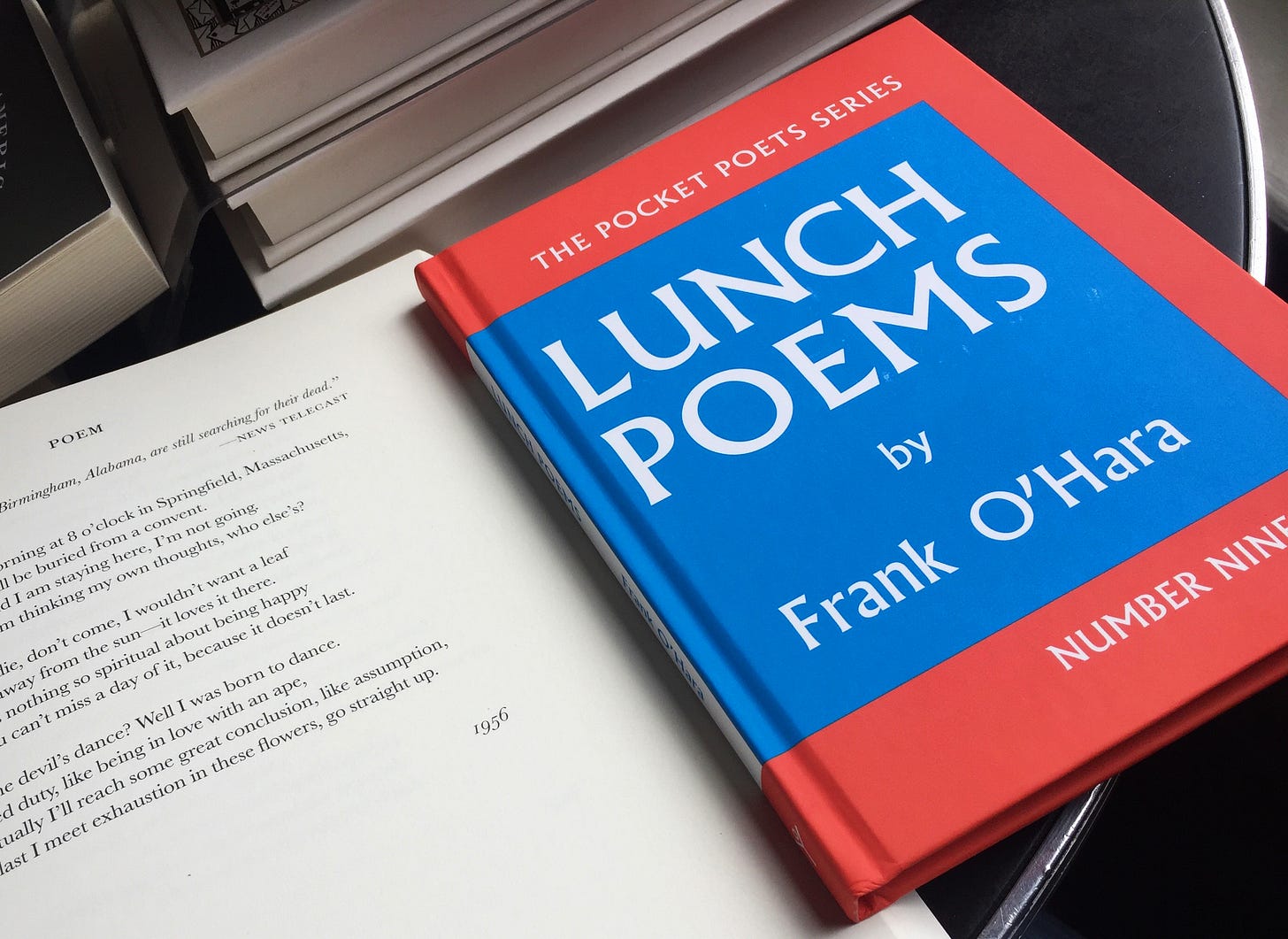The Great Pouchification of American Food
The lost art of queer matchbooks, A love letter to staff meals, The Great Pouchification of American Food, Vegetarianism as a tool for punishment and surveillance, The invention of picnics, and more
Welcome back readers!
This week I’ve been enjoying Gerald Stratford’s instagram. A retired man in the Cotswolds who loves to garden, and particularly loves to grow big vegetables. Here’s his instagram.
I am also obsessed with the matching produce and outfits. Things to be considered and discussed…
This week on Sombresa:
The lost art of queer matchbooks
The Great Pouchification of American Food
Vegetarianism as a tool for punishment and surveillance
A love letter to staff meals
The invention of picnics
Lunch poems
The lost art of queer matchbooks:
A new lesbian bar has opened in London called La Camionera which is exciting for a multitude of reasons. The bar was opened through crowd-funding after a popup event that was wildly popular. I was particularly overjoyed to see they have also brought back the lost art of queer matchbooks!
Historically, they functioned as both a marketing tool and a pick-up one, people could flip it open and scrawl a phone number inside to pass to someone.
Cruising: Gay Matchbooks by Darian Newman is a book of some of these matchbooks throughout the 80s. Marigold Warner interviewed him for an article in It’s Nice That.
“Cruising tells a greater story – about subcultures, community and the importance of design and physical objects to speak to a specific audience. “You can tell through the design that people really knew their community... So much design right now feels mass market, especially when it comes to the gay community,” says Darian.
“You see design trying to reach a gay audience, and often it’s still full of rainbows or things that feel like caricatures.” These matchbooks reflect a time when queer spaces had their own distinct identities – designed by and for the people who gathered there. Each crease and fold is an indication of a real lived experience, a reminder of a once-thriving subculture that lost its home to time, gentrification, and digital convenience.”
I’ve written about the gradual closing of queer and lesbian bars across the country before. Looking at these matchbooks is another beautiful archive of the rich history of these places.
The Great Pouchification of American Food:
An interesting trend I have been noticing in supermarkets and grocery stores around the country is the rise of ‘pouch food’. What started as little pouches for babies to suck on has expanded to legacy brands of all types creating packet ‘pouches’.
In an article for TASTE titled ‘The Great Pouchification of American Food’ Cathy Erway writes “Not just for baby food anymore, delicious and convenient pouches are everywhere in the grocery store. What does that say about adults seeking a quick meal—and the environmental impact of our great shift to plastic?”
“In industry speak, they’re known as doypacks, or stand-up pouches. Empty, they can be folded flat, making them economical to ship in bulk. Filled, they can stand upright on a grocery shelf thanks to, well, a pouch that bulges at the bottom.” So while they might not change much for consumers, they are much cheaper and more lightweight for manufacturers.
These pouches were developed in the 1960s and ’70s; the first food product to be sold in one was a curry made by the Japanese brand Otsuka Foods Co. in 1968.
Like most of you, my first thought was the plastic. Surely, cans and glass are better for the environment? However, the more I read, the more I came to understand it wasn’t that simple. Plastic requires a lot less resources than glass and cans to manufacture, further, there is less food waste in the production and transportation process because they are less likely to get damaged. Additionally, they can be more easily stored and transported being lightweight and flexible, saving transportation costs. On the other hand, “by some estimates, only a paltry 5 to 6% of plastics are recycled in the United States.” There is no real ethical consumption under capitalism.
Vegetarianism as a tool for punishment and surveillance:
In The Baffler last week I read a confronting but important article by Sharanya Deepak about the surveillance and violence surrounding the consumption of beef.
There have been several lynchings and attacks in India over the last decade, commonly referred to as “cow-related violence”.
“A subsection of crime in which those under suspicion of eating, selling, or transporting beef are searched, humiliated, mauled, and even killed for supposedly violating a cow, an animal which Hindus consider sacred.”
“A 2019 report titled “Violent Cow Protection in India” notes that, between May 2015 and December 2018, at least forty-four people were killed in such attacks. According to the report, this violence occurred across the country; the victims were largely Muslim, indigenous Adivasis, or Dalits, members of India’s most oppressed caste.”
Vegetarianism was first institutionalized in India in the fourth century as a move to reinforce rule by the Brahmin caste. The sanctification of cows and condemnation of cow slaughter have been used by the Hindus “to combat Muslim influence” and in response to Muslim conquests in the subcontinent. This is reinforced by the fact that vegetarianism is often seen as altruistic, healthy, and pure in the West.
“Before vegetarianism was claimed as central to Hindu culture and life, the slaughter of cows on ceremonial occasions was considered auspicious in ancient India.”
Unfortunately, like many places across the world, for the last eight years, under the leadership of the Narendra Modi-led BJP, India has drastically shifted to the Hindu right. Modi is very explicit about building a “India for Hindus,” at the cost of its religious minorities.
“In 2017, the BJP government instituted “beef bans” across the country, closing slaughterhouses and further encouraging the terrorizing of beef eaters.”
“The beef bans, surveillance, and incidents of violence committed by the government, cow vigilantes, and other right-wing Hindu groups have directly impacted the livelihoods of butchers and small-scale meat sellers across India.”
Public beef consumption has become a form of protest and an increasingly dangerous one.
A love letter to staff meals:
“Every day, restaurants around the world host an exclusive, invitation-only event. There's no waitlist, no calling in a favor and no sum of money that can secure you a seat. This is an experience reserved for a select few: the staff.”
Emily Morrison wrote a love letter to staff meals in A+ Insights. After working years in hospitality, I can relate to the uniqueness of meals from the kitchen for the kitchen.
"A staff meal is as important as a restaurant dish,” says Jason Kim, head chef and owner of Tokki in Auckland. “I believe there are no chefs who can make good food without making great staff meals." His sentiment underscores a deeper truth; that staff meals are about more than just nourishment. The practice is a microcosm of the industry, a daily ritual that mirrors the very essence of the job. What other industry exercises its craft internally, for its own team, with such care and intention?”
"A good barometer for how much a restaurant cares about its team is its willingness to spend on staff meals," says Sebastian Javier, highlighting that a venue's integrity is often reflected in the quality of its staff meals.
Staff meals offer the opportunity for younger chefs to practice dishes or share their own culture. Sometimes they’re just comfort food and a welcome pause before the shift. Will Reidie wrote about the learning curve of cooking staff meals in his newsletter The Recovering Line Cook. Also, if you want to talk about coincidences, he wrote about Moomins in his latest newsletter!
The invention of picnics:
Have you ever thought about the history of picnics? A Movable Feast: The Culture of Food and Drink Culture in China, a forthcoming exhibition explores just that.
The exhibition is jointly organized between the Hong Kong Palace Museum and the Palace Museum in Beijing, along with loans from the British Museum, the Asian Art Museum of San Francisco, the Cleveland Museum of Art, and several museums in Hong Kong.
“Did you know there was never a dedicated dining room in the Forbidden City?” says Nicole Chiang who has spent the past years collating the exhibit. “Wherever the emperor was at that moment became the dining room. The imperial kitchen staff not only prepared meals, but carried tables and chairs, setting them up wherever needed.”
“This is the first exhibition to prominently feature ancient Chinese picnic sets,”
"One of Chiang’s most surprising discoveries was possibly one of the earliest forms of food delivery, like a 16th-century version of DoorDash or Ubereats. “I found records from the Qing dynasty where customers asked restaurants to prepare food in picnic boxes,” Chiang explained to the Financial Times. “They then delivered picnics to docks, where travellers could collect them as they passed by.”
Picnic boxes contained a complete set including bowls, dishes, cups, and a carafe. Often coated in several layers of waterproof lacquer and sheathed in elegant, but extremely sturdy bamboo weaving that also helps insulate the food.
Lunch Poems:
Speaking of lunch and picnics, lunch was Frank O’Hara’s favorite meal. His 1964 book Lunch Poems is full of poetry he wrote during his breaks while he worked at The Museum of Modern Art.
It’s full of references to the city, strangers, lovers, pop culture, literary figures, O’Hara’s circle of artist friends. They are often just about strolling through the streets of Manhattan and the beauty of the everyday. You’ve probably heard Having a Coke with You, but if you haven’t here’s a link.
I liked the idea of expanding the possibilities of your lunch break.
Thanks for reading another newsletter!
Hopefully, as the sun warms up you can all get out for some lunchtime picnics.
Carlie xx





